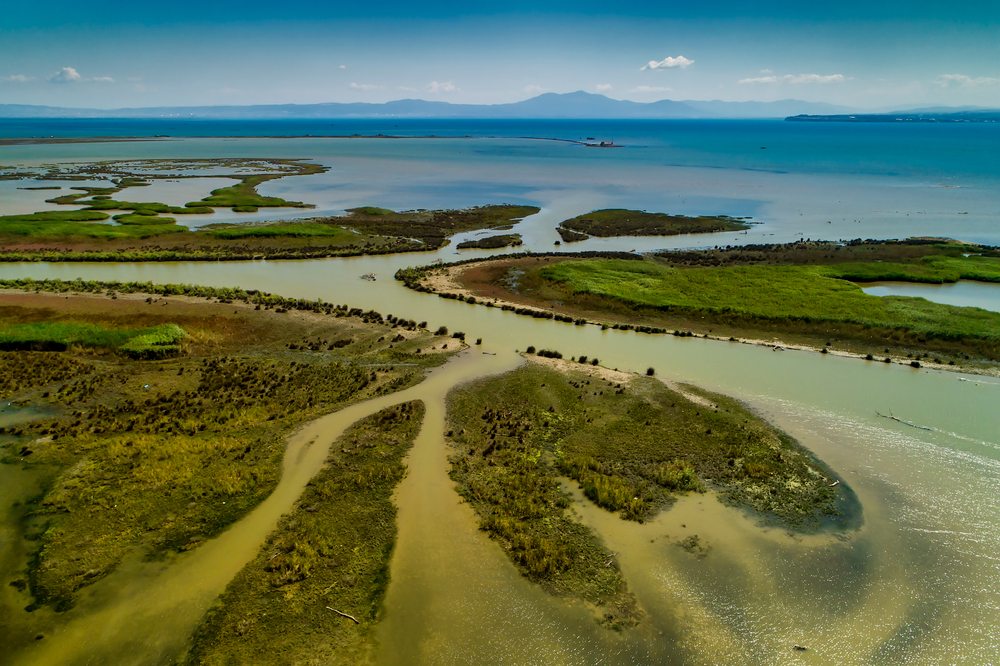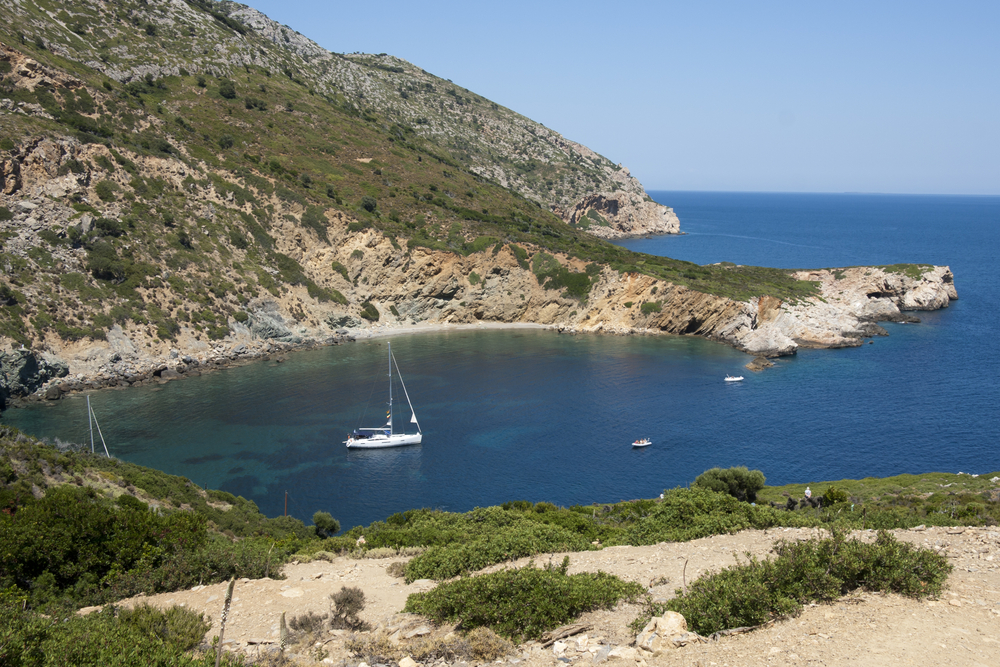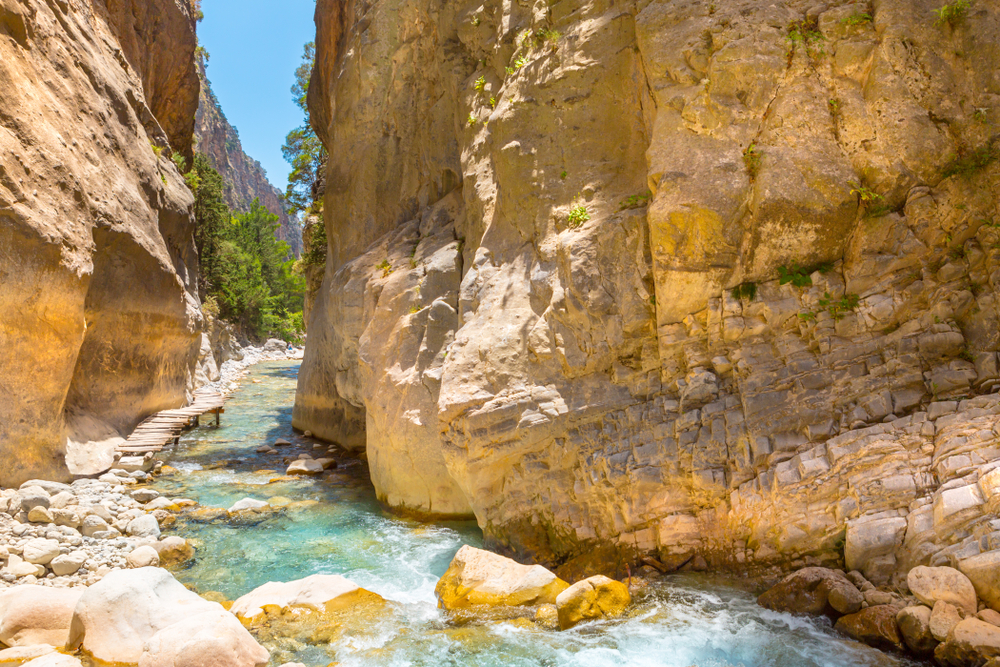Axios Delta Overview
Axios Delta National Park, known locally as Εθνικό Πάρκο Δέλτα Αξιού, is a protected natural area in northern Greece, covering approximately 52 square miles (134 square kilometers).
It is situated in Central Macedonia, near the city of Thessaloniki, and encompasses the deltas of four major rivers: Axios, Loudias, Aliakmonas, and Gallikos. This vast wetland complex, which extends into the Thermaic Gulf, is one of the most significant ecosystems in Greece, offering a mosaic of diverse habitats, including salt marshes, freshwater lakes, lagoons, riparian forests, and sand dunes.
The park is an essential site for migratory birds and is recognized under the Ramsar Convention and the Natura 2000 network for its ecological importance. The landscape of Axios Delta National Park is shaped by the dynamic interactions between the rivers and the sea, creating an ever-changing terrain rich in biodiversity.
The delta is a combination of coastal wetlands, tidal mudflats, and brackish lagoons, interspersed with reed beds and riparian woodlands. The area’s vegetation is adapted to the brackish and freshwater environments, with extensive patches of tamarisks, willows, alders, and rushes dominating the banks of the rivers.
The fertile floodplains support agricultural activities, but the park itself is a crucial refuge for native flora and fauna. Within the park, one can find small islands formed by sediment deposits, and the presence of salt pans contributes to the rich biological diversity of the ecosystem.
Wildlife thrives in the varied habitats of Axios Delta National Park, making it a haven for birdwatchers and nature enthusiasts. The park is home to over 300 species of birds, including flamingos, Dalmatian pelicans, pygmy cormorants, and herons, which rely on the wetlands as a feeding and breeding ground. Raptors such as the white-tailed eagle and marsh harrier can also be spotted soaring above the delta.
Mammals such as wild boars, otters, and jackals roam the area, while amphibians and reptiles like the Balkan pond turtle and the European tree frog thrive in the marshy environments. The estuarine waters are rich in fish species, supporting the livelihoods of local fishermen while also providing an essential food source for birds and aquatic life.
One of the park’s most remarkable attractions is the large population of flamingos that gather in the lagoons, offering a spectacular sight for visitors. The Alyki Kitrous salt flats, where these birds congregate, are among the most picturesque parts of the park.
Additionally, the estuary of the Axios River, with its meandering waterways and lush greenery, provides a serene setting for nature lovers. The bird observatories scattered throughout the park offer prime locations for visitors to witness the avian diversity up close.
Visitors can explore the park through a variety of activities, including guided eco-tours, cycling along designated trails, and birdwatching excursions. Boat tours along the river channels offer a unique perspective of the wetlands, allowing for a closer view of the wildlife.
Hiking through the riparian forests and wetland areas is another popular way to experience the park’s natural beauty. Local conservation initiatives have also promoted environmental education programs, encouraging visitors to learn more about the park’s delicate ecosystem.
Despite its ecological significance, Axios Delta National Park faces challenges due to pollution, habitat degradation, and human encroachment. Industrial activities and agricultural runoff have affected water quality, threatening the delicate balance of the wetlands.
However, conservation efforts, including habitat restoration projects and stricter environmental regulations, have led to notable successes in protecting the park’s biodiversity. The designation of protected zones and sustainable management practices have contributed to preserving key habitats for wildlife, ensuring that the park remains a crucial sanctuary for both resident and migratory species.













































































